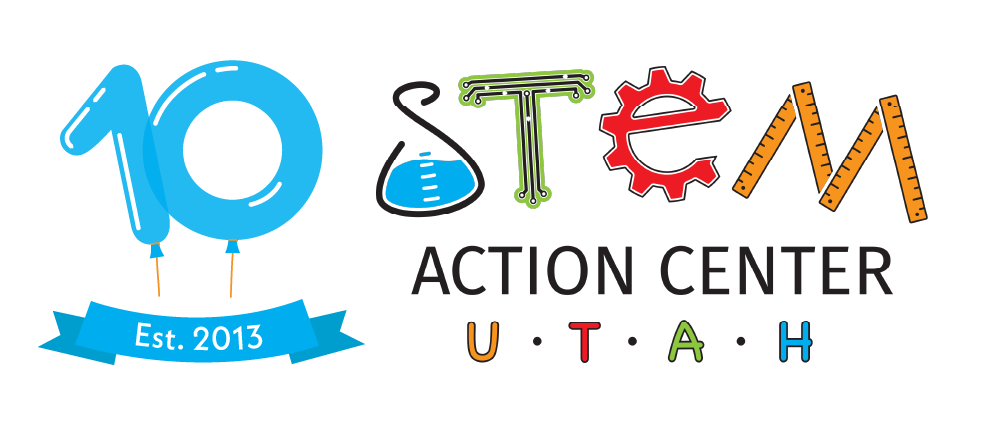The specific project is testing the antibiotic effects of penicillin on bacteria. This project links many biotechnology lab techniques including fungi culture, bacteria culture, dilution measurements, use of a spectrophotometer, and sterile technique. It also relates these techniques to research that many of the students have heard of: the discovery of penicillin and the emergence of antibiotic resistant bacteria.
This project will take approximately one month to complete. First the students will prepare background research on all the organisms we will be using before we begin. They will study how the Penicillium chrysogenum is related to other organisms that naturally produce antibiotics, as well as how we create antibiotics and medications based on these organisms. They will research the three types of bacteria (Staphylococcus epidermidis, Micrococcus luteus, and Enterobacter aerogenes) and explore their similarities and differences to make predictions of which bacteria will be most and least sensitive to penicillin.
Next they will prepare LB agar plates and potato dextrose agar plates and begin the initial cultures of P. chrysogenum, S. epidermidis, M. luteus, and E. aerogenes. Then the students will sterilize both Miller and Lennox LB broth for the growth of liquid cultures. The actual experiments testing penicillin sensitivity in the 3 types of bacteria take about a week and include calculating the starting concentrations of the fungal spores and growth of bacteria, co-culturing the fungi and bacteria to determine the penicillin sensitivity of each of the bacteria and measuring (using spectrophometry the concentration of the bacteria). For the details of each experiment please see the website link (https://biotech.bio5.org/penicillium-antibiotic-effect).
This research will show how understanding genetics and evolution can have real-world applications. The experiments are a great hands-on way for the students to link biotechnology techniques to real-world applications.
Materials:
Spectrophotometer
Cuvettes
Autoclave: https://www.carolina.com/autoclaves-sterilizers/carolina-sanclave/701674.pr
Micropipettes
Erlenmeyer flasks
500mL bottles
Orbital Shaker: https://www.amazon.com/gp/product/B0B5WCH8BT/ref=ox_sc_act_title_1?smid=A1W522WQCRBUSP&psc=1
Inoculating Loop, Nichrome Wire: https://www.flinnsci.com/inoculating-loop-nichrome-wire/ap1051/
Conical Centrifuge Tubes 50mL: https://www.amazon.com/gp/product/B09G6HXJ1J/ref=ewc_pr_img_2?smid=A2H1GLRQD13O8L&psc=1
Tryptone: https://www.carolina.com/biotechnology-culture-media/tryptone-500g/216741.pr?question=tryptone
Yeast Extract: https://www.carolina.com/biotechnology-culture-media/yeast-extract-500-g/216746.pr
Agar (500g): https://www.flinnsci.com/agar-500-g/a0013/
Petri dishes
P. chrysogenum: https://www.carolina.com/fungi/penicillium-chrysogenum-living-plate/156146.pr?question=P.+crysogenum
S. epidermidis : https://www.flinnsci.com/bacterial-cultures-staphylococcus-epidermidis/lm1256/
M. luteus: https://www.flinnsci.com/bacterial-cultures-micrococcus-luteus/lm1007/
E. aerogenes: https://www.flinnsci.com/bacterial-cultures-enterobacter-aerogenes/lm1005/
Dextrose: https://www.flinnsci.com/dextrose-monohydrate-500-g/d0005/
Swab Applicators: https://www.flinnsci.com/swab-applicators-sterile-pkg.-of-200/ap7696/
Cell Culture Tubes (Polystyrene) (12 x 75mm): https://www.amazon.com/gp/product/B0B6D7ZBVC/ref=ewc_pr_img_4?smid=A1TICPWSR8GCT4&psc=1
Coffee Filters: https://www.amazon.com/gp/product/B08JF62GP7/ref=ewc_pr_img_3?smid=A134XXI4340O6C&psc=1
Funnels
Disposable gloves
Safety googles
Lab coats/aprons
Website: https://biotech.bio5.org/penicillium-antibiotic-effect
submitted by Kristina Pavlovic

